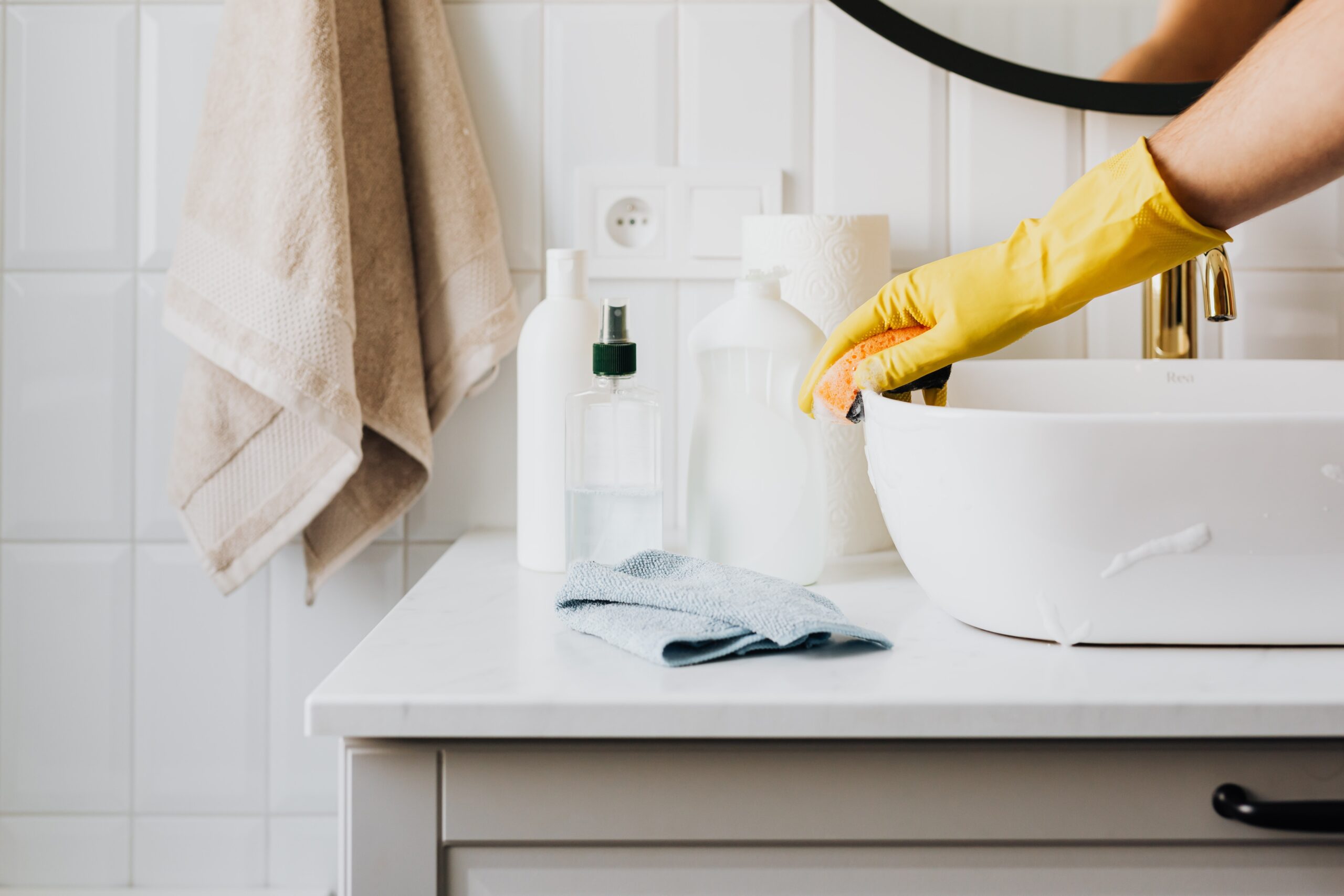If you’ve been to a pharmacy or cruised the world wide web recently, you’ve probably seen ads for “Gut Bacteria Tests,” “Food Sensitivity Test,” or the like.
At Betr, we always talk about the gut, food, beneficial bacteria, and how they work together to impact overall health.
During Level 2 especially, you might think that these “tummy tests” would provide some valuable information and help speed along the “reintroduction” process.
In our experience, we’re not sure these tests provide useful information.
There are three reasons for this:
- They may not measure the right thing
- They are just a snapshot at a specific point in time
- Your microbiome is YOUR microbiome
Let’s explore each of these limitations in a bit more detail.
Show us the Evidence!
Gut Microbiome testing is kinda gross.
The testing laboratory will use a sample of your poop and test it using one of two methods.
- They’ll try to grow bacteria from the species that they find in your poop
- They do a DNA analysis to see which bacterial DNA is present in your poop
The problem with these methods is that they only measure what’s in your poop.
What’s in your poop isn’t always the same as what’s in your gut.
This is especially true with tests using DNA analysis.
DNA testing doesn’t tell if a bacterial species is alive or dead. So, if your body is killing off a harmful bacterial species, and that DNA ends up in your sample, it could look like that toxic species is setting up shop in your gut.
Regarding food sensitivity testing- most labs evaluate levels of antibodies that our bodies produce naturally. Your immune system makes these antibodies when it recognizes a foreign molecule. Most research indicates that these antibody levels don’t accurately reflect food sensitivities, intolerances, or allergies.
Takeaway
These tests will give you some information, but we’re unsure how useful or accurate that information is.
Not the Whole Picture
One big issue with these tests, especially microbiome testing, is that they only show results at a specific time.
A lot is going on in your body all of the time.
The food you’re eating, how much water you’re drinking, if you’re sick or well – can influence ANY test results.
That’s why your doctor will often order several repeat tests, especially when they plan to base your treatment on that test result.
These at-home testing kits don’t work this way. You pay your money, submit your sample, then get your results.
It’s a one-time thing, and it may not be a good reflection of the “bigger picture “ of your health.
This is ESPECIALLY true if you’re undergoing a significant lifestyle change, as with the Betr protocol. The test results you see before initiating the program could be completely different after completing the Level 1 protocol.
The Level 1 protocol heals your microbiome and replaces unhealthy bacterial species with healthy ones.
We’ve seen many members who could eat food they thought they were sensitive to once they healed their microbiome and reduced inflammation.
Takeaway
These at-home tests give you results at a specific time. This information can change and may not help you make long-term decisions about your diet or health.
Your Microbiome is YOUR Microbiome!
Finally, and most importantly, the science supporting lifestyle changes based on the test results just isn’t there yet!
There is no black-and-white, scientifically accepted baseline of how an ideal, healthy microbiome looks. It’s affected by too many variables.
Hundreds of trillions of bacterial cells are in your gut, and the species and amounts differ based on genetics, geographic location, dietary practices, culture, and health status.
This means everyone’s microbiome is unique to them. Because there’s no “standard microbiome,” an at-home test can’t reliably tell you if your gut bacteria is “out of wack.”
The most reliable way to determine if you have an unhealthy gut microbiome or food sensitivity is a careful review and tracking of your symptoms.
That’s the Betr approach.
Starting with Level 1, we heal the microbiome and reduce ongoing inflammation. Once this healing happens, the Level 2 protocol is about listening to your body and determining which foods work best for YOU!
Takeaway
Everyone’s microbiome is unique. No test result can accurately assess whether your microbiome is healthy or unhealthy.
Wrap-up
In closing, there aren’t any shortcuts here. If there were, we’d tell you.
If an at-home test gave us information that would help Betr get you healthier faster- we’d use it!
Our experience has shown that gut healing, followed by careful food reintroduction, keeps your bacteria healthy and accurately identifies actual food sensitivities!
The Betr recommendation is to save the money you’d spend on that food sensitivity test and spend it on healthy, high-octane, natural food instead!
Your body doesn’t need a test to tell you what to do – it already knows Betr!
After reading this article, you may be asking yourself if your own health hurdles could be related to an unhealthy gut.
Explore Betr's risk-free trial to see if you could benefit from using food as medicine to rebuild your microbiome and realize the healthy potential you never knew you were missing!











